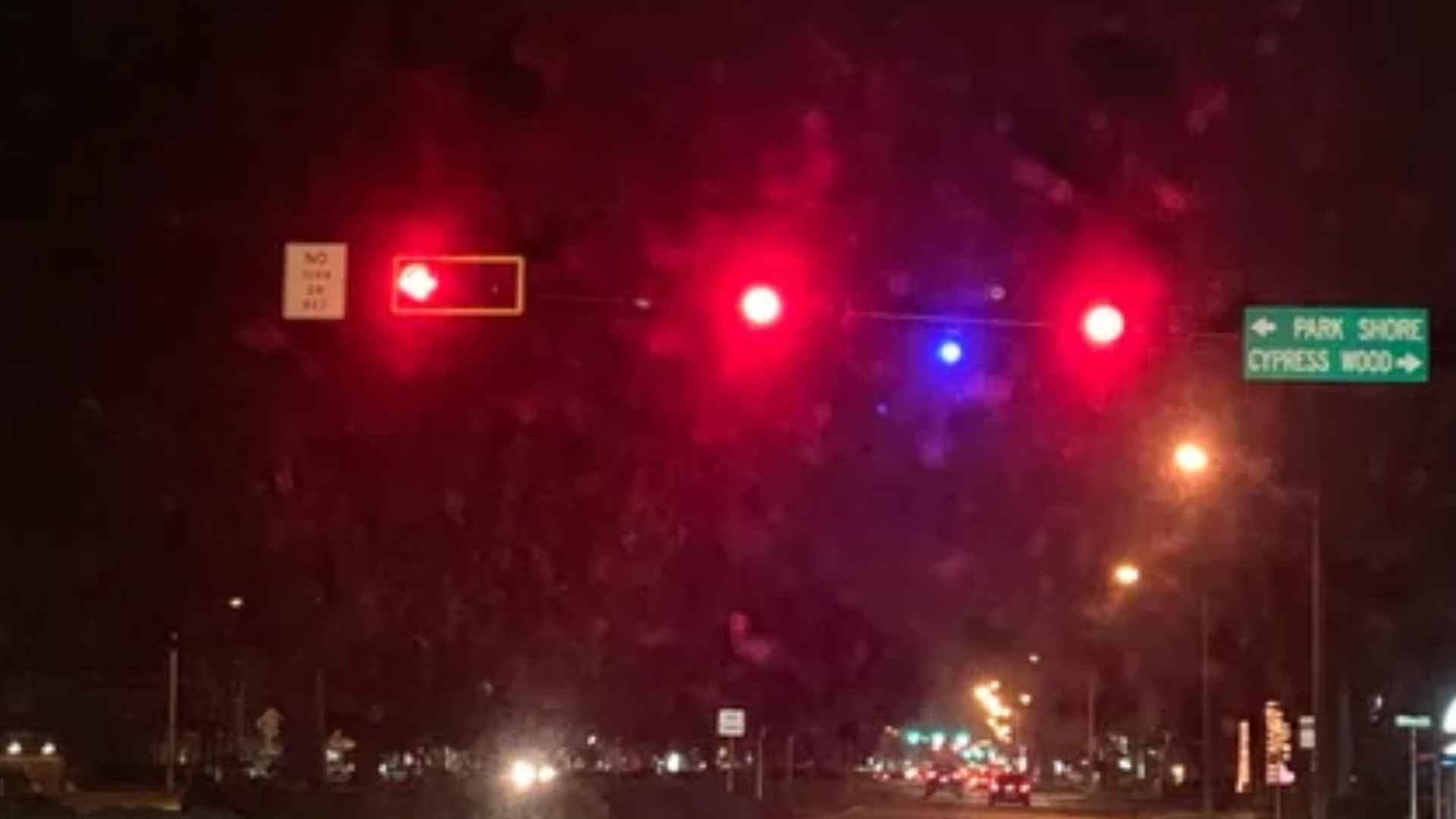Small confirmation lights aim to make red‑light enforcement safer and more effective. Drivers cruising through Gainesville, Fort Myers, Orlando, or parts of Collier County have started noticing a curious glow atop certain traffic signals: a small blue light. It is not a camera, and it is not a holiday decoration. Instead, this miniature bulb is quietly reshaping how police crack down on one of the nation’s deadliest driving habits—running a red light.
The beacon, formally called a confirmation light, switches on only when the signal beneath it turns red. Because the beam is visible from every angle, an officer parked on a side street can immediately tell whether the driver entering the intersection had a green or a red. That simple view means fewer chases, fewer blind‑spot stakeouts, and, authorities hope, fewer fatal crashes.
Blue confirmation lights let officers see red signals from any direction
In the past, ticketing a red‑light runner often required two patrol cars: one with a clear view of the signal and another positioned to pull the driver over. The blue lamp collapses that manpower into a single cruiser and lets officers watch from a safe distance. Pretty clever, right?
Will the tiny bulb really make a dent in collision stats? A 2014 Minnesota Department of Transportation study compared crash data before and after Florida pilot installations and recorded a 33 percent drop in wrecks tied to red‑light running. Three years later, a Federal Highway Administration review found “statistically significant crash reductions” across most categories. That’s promising—especially when more than 1,000 people nationwide died in red‑light crashes last year.
Key benefits for officers and everyday drivers when blue confirmation lights operate
Below are the advantages officials cite most often for deploying the blue add‑ons:
• One officer can cover an entire intersection
• Enforcement happens from safer, less conspicuous locations
• Visible cue reminds drivers that violations are easier to spot
• Potential to discourage habitual red‑light running over time
Those perks matter because stronger enforcement usually translates into safer intersections. How much running a red light could cost you in Florida?
| Violation method | Base fine | Possible extras |
|---|---|---|
| Automated camera citation | $158 | Up to $500 if unpaid |
| Officer‑issued ticket | Up to $264 | Court fees plus license points |
Beyond Florida, Colorado, South Dakota, Kansas, and several Minnesota cities have already embraced the technology, with more municipalities lining up. You might see them on your next road trip—so keep those brake lights ready.
The smartest move remains the oldest one: stop when the light turns red. Could shaving 30 seconds off a commute ever be worth a $264 ticket—or worse? Drivers, consider this your friendly blue reminder.

